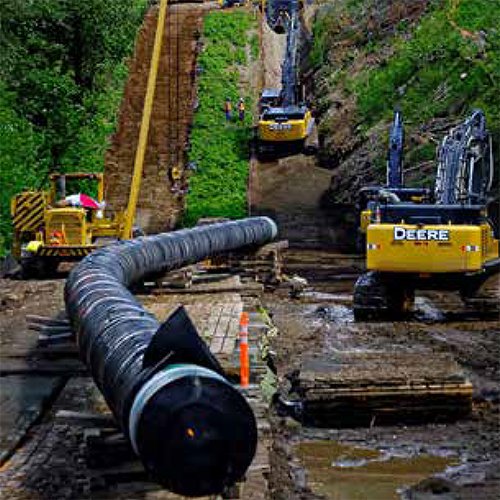What should you look for in your Smart Environmental Technologies?
The rapid expansion of Internet of Things (IoT) technologies, cloud computing and big data combined along with advanced smart sensor devices are opening new possibilities for construction monitoring, particularly in hard-to-reach aqueous settings. But what features should you be looking for when in the market for smart environmental water monitoring system and how do you assess their value for your specific project needs?
Rice Earth Sciences has spent some time interviewing leading consultants and industry across Canada about what matters to them. Here’s some criteria to consider:
- What are your scope and risks related to your project?
There are a huge number of locations when it comes to monitoring aqueous environments. To deploy the infrastructure on a large scale means the price of components and their integration should be cost-effective relative to the project’s scale. At the same time, be sure to consider the financial and legal risks of not implementing a comprehensive monitoring solution.
2. Does the solution offer a robust build that withstand use over time?
The sensor and monitoring technology should be robust, with adequate battery life/power supply, built with chemically resistant materials and able to withstand the elements and harsh conditions over time. This includes stable sensors and instrumentation for accurate results and minimal calibration. It should be easy to clean, deploy and re-deploy, with a wiper and clutch system that does not burn out should debris become lodged in the unit.
- Will the solution adapt and flex to your growing needs?
Ideally, choose a modular solution so it can grow with your needs. Sensors should be flexible and adapt to a cross-section of measurements such pH/ORP, Rugged Dissolved Oxygen (RDO®), turbidity, chlorophyll a, Phycocyanin (BGAPC), Phycoerythrin (BGA-PE), Rhodamine WT, ammonium (ISE), chloride (ISE) and nitrate (ISE).
- Does it offer logging and redundancy to protect your data?
Choose a system that offers redundant and stable logging of data. This includes adequate onboard storage capacity, that can withstand a cut to power without losing data.
- Is it hassle free and easy to use?
Monitoring systems were historically hard to use, and some still are. To make sure your team takes full advantage of the technology, be sure to select an easy-to-use solution that offers an intuitive user interface, programmability and includes features such as Bluetooth enabled smart phone compatibility.
Be sure to check out more information on Smart Environmental Technologies through the eyes of those in the field here.
Contact us for more information | Sign up for a MY RICE Account | Sign up for the RICE Newsletter




